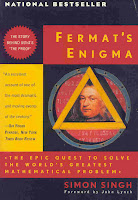Video and Short Guide on How to go to Confession

The seasons of Christmas and Holy Week are good occasions for availing of the sacrament of confession. This video is a step by step guide on how to go through the process. See also my related blog entry on Peace and Joy in a Box : Why you should no longer neglect, delay or fear confession . Notes on this video 1. I first saw the Spanish-subtitled version of this video on Patrick Madrid's blog . 2. I don't know what the video means by indicating ¨Conscience¨ as one of the things you'll need for confession. Perhaps it refers to ¨sorrow for sins¨ which is the most important part of confession, but then I think this was covered by the other items ¨Desire to seek forgiveness¨ and the ¨Will to be better.¨ 3.Below is the text of the Act of contrition. You don't have to memorize it. You may bring a copy when you go to confession. Act of Contrition O my God, I am heartily sorry for having offended Thee, and I detest all my sins, because I dread the loss










